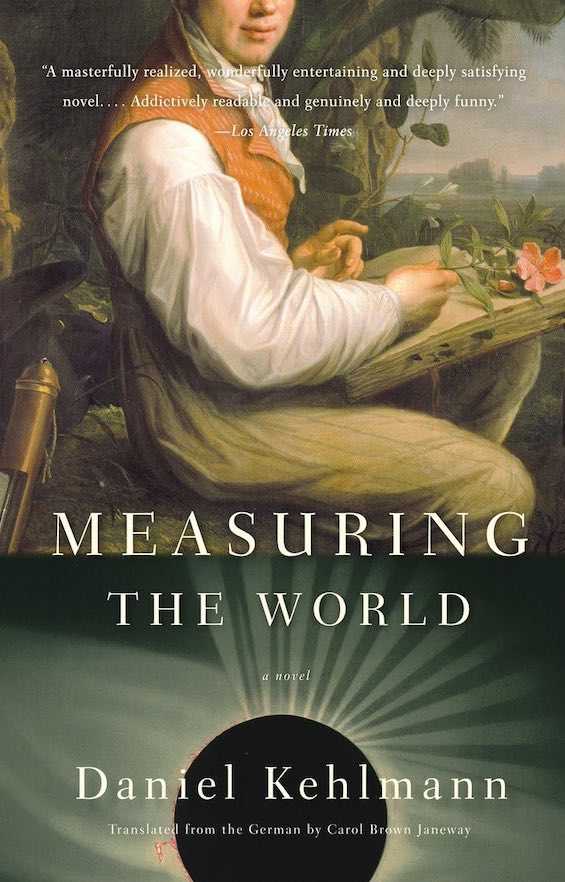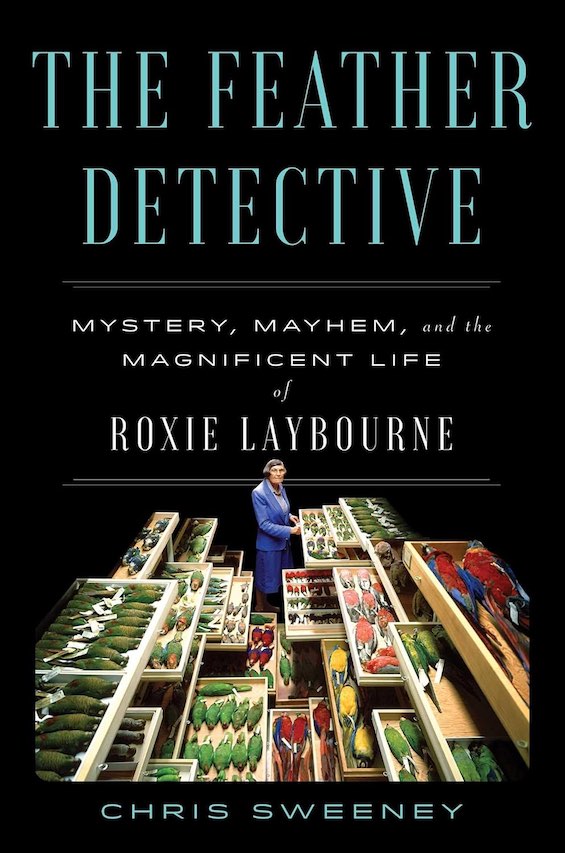You might not think a biographical novel about a glamorous Hollywood star could figure in the history of World War II. But then you wouldn’t reckon with the Austrian American actress Hedy Lamarr (1914-2000). Born Hedwig Kiesler in Vienna to a nonobservant Jewish father and married six times in the course of her 85 years, Lamarr signed a contract with MGM’s Louis B. Mayer as a refugee on board ship en route to the US. In a long film career, she costarred with the likes of Clark Gable, Jimmy Stewart, and Judy Garland. However, unknown to her millions of fans, Lamarr’s first husband was an arms dealer for Mussolini and Hitler, and she met both men. She was also a brilliant inventor whose concept for a remotely guided torpedo might have saved thousands of lives had the US Navy not refused to adopt it because its inventor was a woman.
First, a marriage to a fascist arms dealer
In The Only Woman in the Room, historical novelist Marie Benedict celebrates Lamarr’s life and achievements. She devotes the first half of her book to Lamarr’s closeted life in Austria as the trophy wife of the country’s richest man. Friedrich (Fritz) Mandl was insanely jealous of his gorgeous young wife—she married him at 19—and was so controlling that he locked her in her room for extended periods. Although he was aware that she was unusually bright, it never occurred to him that she could follow the detailed technical discussions about arms and munitions he had at their dinner table with Austrian, German, and Italian leaders and military experts. She carried this understanding with her when she escaped him after four years of marriage and made her way to the United States.
The Only Woman in the Room by Marie Benedict (2019) 320 pages ★★★★★
In Hollywood, quickly emerging as a box-office sensation
Hired to join MGM’s stable of pretty starlets, Hedy Lamarr—Mayer’s wife gave her the work name—refused to be content as one among many. Soon, she got her break costarring with Charles Boyer and was on her way to costarring roles with Hollywood royalty. Her on-screen presence was electric, as critics universally noted. Studio publicists promoted her as “the most beautiful woman in the world.” She became one of the studio’s biggest stars. And she slept with many of the men.
A community of fellow refugees sustained her
Meanwhile, Lamarr joined the growing community of European refugees in Hollywood—producers, directors, writers, and actors who had fled the Nazis, most because they were Jewish. Among her circle of intimates were Peter Lorre, Otto Preminger, and Joseph Schildkraut. Undoubtedly she knew and often met with others, including Billy Wilder, Marlene Dietrich, Ingrid Bergman, and Fritz Lang. As a group, with connections reaching back to Europe, their knowledge of conditions in Nazi-occupied lands was without doubt more accurate than that of American intelligence. And they lamented the failure of the American press to write about the persecution and, later, the wholesale murder of Jews.
Forced to hide her Jewish heritage
However, even though Louis Mayer, the Warner Brothers, and many of the other studio heads and owners were Jewish, as were many producers, directors, and writers, they consistently avoided casting Jews in roles on-screen. Lamarr had lied to Mayer about her Jewish heritage, or he would not have hired her on that cross-Atlantic journey.
Obsessed with doing something to help the Allies
Lamarr despaired of the slow progress of the war against the Nazis. All the while she performed her duties for the studio, she agonized over the thought that there must be something she could do to help bring about a speedy Allied victory. After all, she knew a great deal about Axis armaments and their weaknesses as well as their strengths. But nothing gelled until she met an experimental composer named George Antheil. In a flash, she realized that there must be a way to avoid one of the greatest challenges to both of the warring sides: the inaccuracy of their torpedoes. American torpedoes in particular were notoriously unreliable. Lamarr and Antheil figured out how to guide them remotely with perfect accuracy.
Patenting a breakthrough technology
In 1943, the pair obtained a patent for their invention, and they submitted a proposal to the US Navy. To the men who evaluated the technical details of the method they proposed, it was obvious that it would work. Replacing the navy’s obsolete guidance system could save thousands of lives. But the navy brass declined to use the invention. When Lamarr used Mayer to pull strings and get her a face-to-face meeting with the Navy’s decision-makers, she was astonished to learn that they had literally turned it town because its inventor was a woman.
According to the National World War II Museum, the pair had “invented a ‘Secret Communication System,’ which used the concept of frequency hopping to guide torpedoes in an un-jammable way. This meant that the radio transmitter and receiver were synchronized, changing their tuning together and hopping randomly from frequency to frequency, preventing interception and allowing a torpedo to find its target.”
The technology that enables GPS, Wi-Fi, and your smartphone
“Years later,” the Museum added, “the US military turned to the concept of frequency hopping for the development of ‘sonobuoys’ to help detect enemy submarines, and by the time of the Cuban Missile Crisis, American ships had torpedoes controlled by frequency-hopping systems. Now known more generally as “spread spectrum,” this type of technology is foundational for military communication technologies in addition to systems such as GPS, phone networks, and Wi-Fi.” Yes, the smartphone you probably hold in your hands works in part because of Hedy Lamarr and George Antheil’s invention. Antheil’s contribution was critical, but the idea was Lamarr’s.
About the author
Marie Benedict is the pen name of Heather Benedict Terrell. As she writes on her author website, “Marie Benedict is a lawyer with more than ten years’ experience as a litigator at two of the country’s premier law firms. She found her calling unearthing the hidden historical stories of women. Her mission is to excavate from the past the most important, complex and fascinating women of history and bring them into the light of present-day where we can finally perceive the breadth of their contributions as well as the insights they bring to modern day issues.”
Benedict holds a BA from Boston College and a JD from Boston University School of Law. She is the author of 12 novels under the name Marie Benedict and seven as Heather Terrell. The Benedict novels feature powerful women in history, while those she has written under her own name tend to be written about more general themes.
For related reading
This is one of The best books of the year 2025.
I’ve reviewed three of the author’s other novels under the name Marie Benedict as well as one under her birth name. They’re all excellent.
- Lady Clementine (She edited Winston Churchill’s wartime speeches)
- The Mystery of Mrs. Christie (Where did Agatha Christie go when she disappeared?)
- The Mitford Affair (Blundering through the 1930s with the notorious Mitford sisters)
- The Map Thief by Heather Terrell (Did the Chinese discover America?)
I’ve also reviewed Hedy’s Folly: The Life and Breakthrough Inventions of Hedy Lamarr, the Most Beautiful Woman in the World, by Richard Rhodes (The astonishing story of Hedy Lamarr, Hollywood star and inventor).
You’ll find many similarly engaging books at 25 most enlightening historical novels, 12 great biographies, and Top 10 great popular novels.
And you can always find the most popular of my 2,300 reviews, and the most recent ones, on the Home Page.































